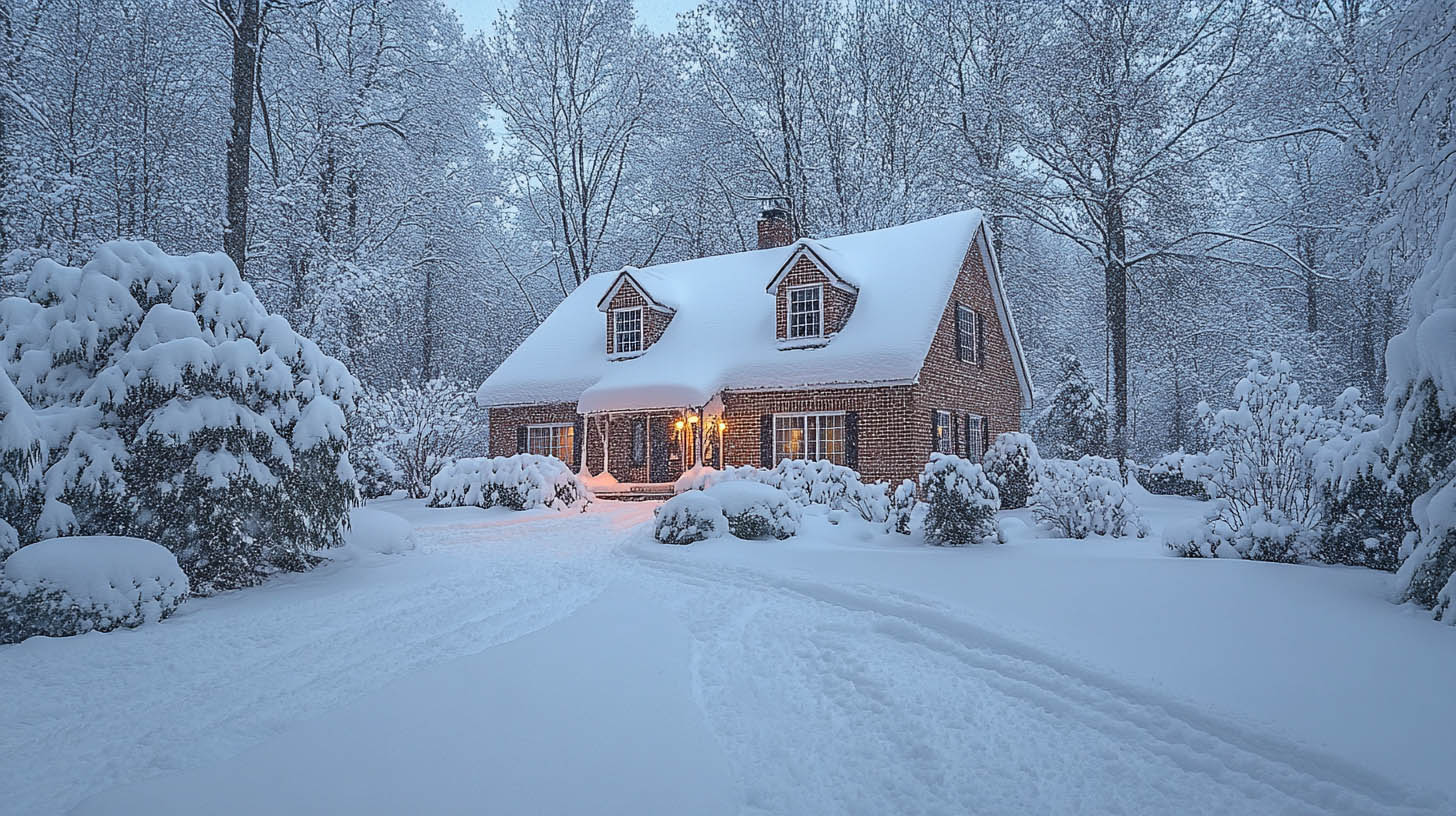Champion Restoration and Construction Champion Restoration and Construction in Chantilly, VA, addresses concerns about heavy snow and its potential impact on your roof. Understanding how snow affects your roof and taking preventive measures can help protect your home during winter.
Are Shingles Suitable for Snowy Climates?
The Importance of Proper Installation
Shingles are an excellent choice for roofs in snowy climates, provided they are installed correctly. Proper ventilation is crucial to prevent ice dams, and local codes often require an ice and water shield to be installed in vulnerable areas to protect against leaks.
Understanding Snow Load
Types of Snow and Their Impact
Snow load refers to the force exerted on a roof by the weight of snow and ice. Not all snow is equal; heavy, wet snow differs significantly from light, fluffy snow. These differences affect how much weight your roof must support.
- Wet Snow: Weighs around 13 pounds per square foot.
- Fluffy Snow: Weighs about 4 pounds per square foot.
Roof Capacity
Most roofs can support around 20 to 30 pounds of snow per square foot. The slope of your roof also plays a role, as pitched roofs tend to shed snow more effectively than flat roofs.
Can a Roof Collapse Under Heavy Snow?
Assessing the Risk
While roof collapses are rare, they can happen under extreme conditions. According to the Insurance Institute for Business & Home Safety (IBHS), it takes about 4 feet of new snow or 2 feet of old, packed snow to cause significant structural stress. It’s essential to monitor snow accumulation and take preventive measures if necessary.
Dealing with Snow and Ice on Your Roof
Snow Removal
If you need to remove snow from your roof, use a roof rake to pull it down safely. Avoid climbing onto the roof, as this can be dangerous and potentially cause further damage.
Ice Dams
An ice dam forms when warm air from your attic melts snow on the roof, which then refreezes at the eaves, creating a barrier. This can force water under the shingles, leading to leaks in your attic and exterior walls. Insulating your attic properly and reducing heat penetration can help prevent ice dams. For a temporary solution, consider installing gutter heat cables.
Gutter Heat Cables
Installation and Use
Gutter heat cables attach to your shingles and gutters, helping to melt accumulated snow and ice and move it out of the gutters and downspouts. Install these cables in the fall to be prepared for winter storms. Use GFCI outlets for safety, ensuring they can power down if exposed to moisture.
Conclusion
Heavy snow can pose risks to your roof, but with proper preparation and maintenance, you can protect your home from potential damage. Champion Restoration and Construction offers expert roofing services to help you maintain your roof in optimal condition. Regular inspections, proper insulation, and timely interventions can keep your roof safe during the winter months.
If you want to know whether solar panels affect my roof warranty, click here.

